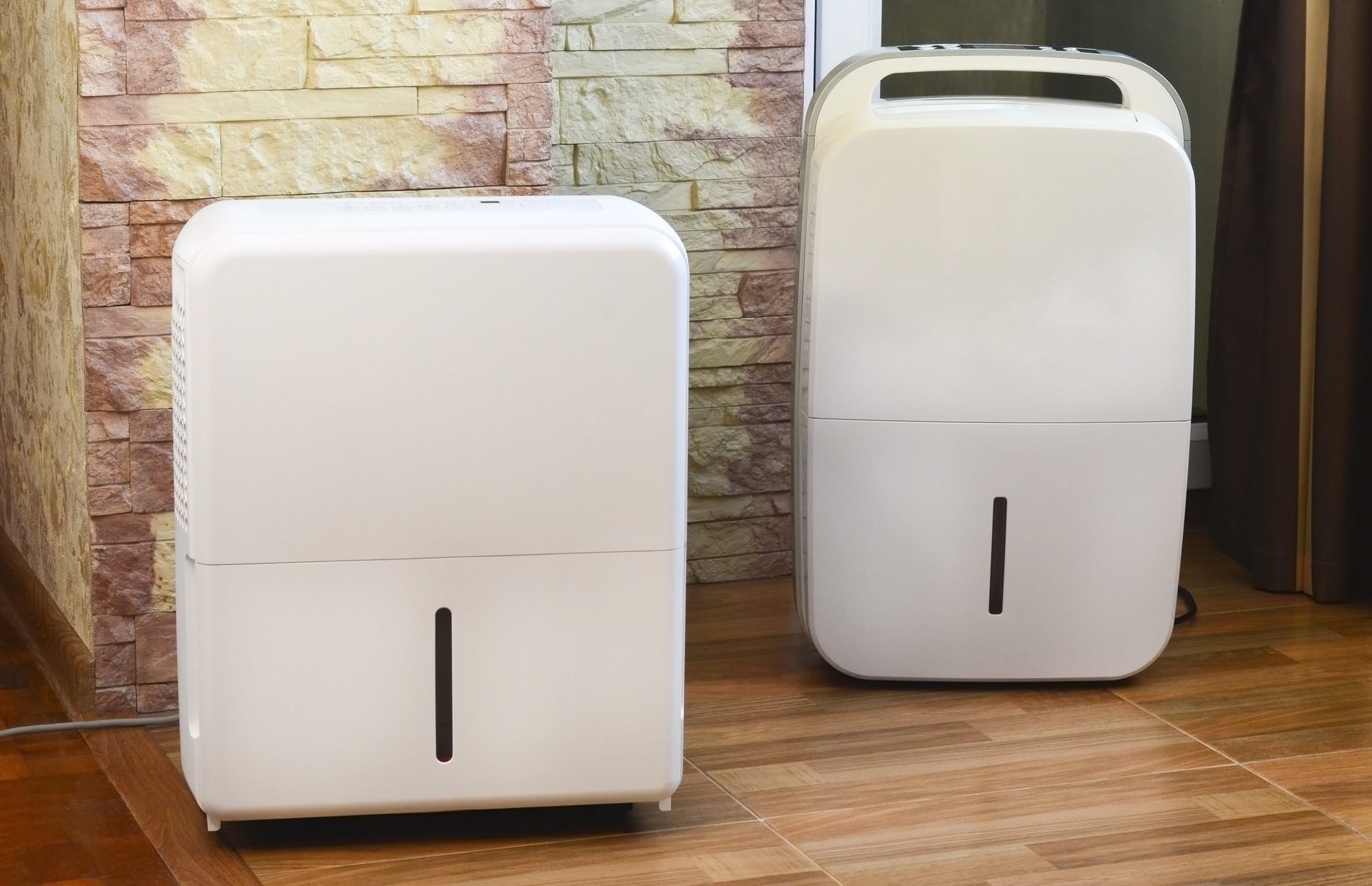Maintaining proper humidity levels in your home is essential for comfort and health. Straying too far into dry or humid air causes static shocks, cracked wood, breathing difficulties, and mold growth.
So what’s best for your home? How do you strike the right balance? Understanding the difference between humidifiers and dehumidifiers is critical.
What is a humidifier?
A humidifier introduces moisture into dry indoor air during heating seasons. Furnaces, wood stoves, and cold temperatures zap natural humidity from the inside air.
Humidifiers replenish it by dispersing a fine mist. This prevents static electricity, dry skin, chapped lips, and damage to furniture and wood floors caused by overly dry air. Humidifiers also help those with respiratory ailments breathe easier. Sounds like a dream, right?
What is a dehumidifier?
While humidifiers add moisture, dehumidifiers remove excess moisture from humid air. They draw moist indoor air over refrigerated coils to condense out excess moisture, then expel the dry air back into the room.
Dehumidifiers combat the muggy feeling of high humidity and prevent associated problems like mold/mildew growth, musty odors, and window condensation. They provide welcome relief in damp climates and basement spaces.
Which does your home need?
How can you determine if your space needs a humidifier or dehumidifier? It depends mainly on your climate, season, and living conditions.
When to Use Humidifiers
Humidifiers are most needed in colder northern regions during the winter when furnace heat robs humidity from the air. Adding supplemental moisture prevents dry air discomfort.
Consider the different system types available when deciding between a humidifier or dehumidifier. Humidifiers come in warm mist and cool mist varieties.
Warm mist models boil water to create steam humidity. Cool mist units use wicks, ultrasonic vibration, or impellers to produce a fine mist. Warm mist humidifiers can help slightly raise the air temperature but carry a burn risk. Cool mist humidifiers don’t heat the air but are safer around kids and pets.
When to Use Dehumidifiers
Dehumidifiers also have refrigerant or desiccant system types. Refrigerant units are more common and energy-efficient, using a cooling coil to condense moisture from the air.
Desiccant dehumidifiers use materials like silica gel to absorb excess humidity. Refrigerant dehumidifiers work well at moderate humidity levels. Desiccant models are ideal for severely damp spaces under 90°F.
Other Key Considerations
Also, consider the coverage area you want affected, tank capacity, noise level, and automatic controls when selecting between humidifier and dehumidifier models.
Your HVAC contractor can recommend a suitable system capacity and features for your home’s needs. With some guidance on choosing the proper system type and specifications, you’ll find the ideal humidifying or dehumidifying solution.
Call Yoder HVAC for more guidance on what’s best for your home!
Dehumidifiers are ideal for perpetually humid climates like those in the southeastern states. They remove dampness that otherwise lingers in the air and condenses into water
issues. Basements and crawlspaces are prone to excess moisture buildup and benefit from dehumidification.
Use hygrometers to monitor your home’s relative humidity level. The ideal range is 30-50%. Below 30% calls for a humidifier, while above 50% indicates dehumidification is needed.
Many homes need both appliances during different seasons. Use a humidifier in winter to boost moisture, then a dehumidifier in summer to reduce dampness. Control indoor air quality by understanding when to use these crucial appliances.
Humidifiers and dehumidifiers are vital to maintaining a comfortably balanced home environment. Monitor conditions with hygrometers and adjust accordingly. You can significantly eliminate seasonal humidity headaches with the proper moisture management plan.







